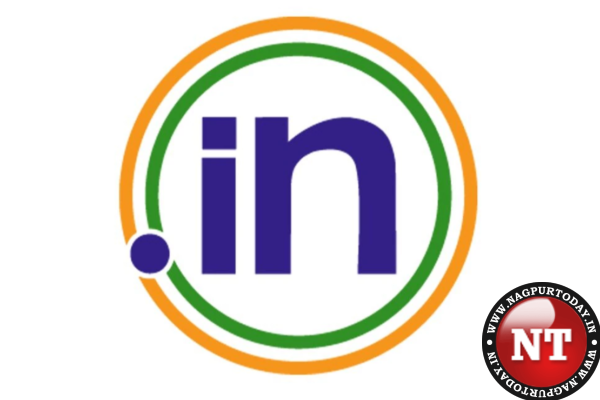As anticipation mounts in India regarding the possibility of the nation being officially referred to as “Bharat,” intriguing developments have sparked conversations across the country. The catalyst for this discussion emerged with the circulation of invitations for an upcoming G20 dinner scheduled for September 9. What captured everyone’s attention was the usage of “President of Bharat” instead of the conventional “President of India.” Simultaneously, there is the imminent special session of Parliament, further fueling speculation that the government may introduce a resolution to change the country’s name from “India” to “Bharat.”
Such a transformation would have implications beyond just nomenclature, potentially leading to an identity crisis for websites using the .IN domain extension.
Before delving into the implications for .IN domains, it’s essential to understand the current context of India and Bharat. Presently, both names are used interchangeably, and this duality is enshrined in the Indian Constitution. In English, the country is referred to as India, while in Hindi, it is Bharat. Should the speculations materialize, the country will adopt the name Bharat in both English and Hindi.
Now, turning our attention to .IN domains: .IN is a ccTLD (country code Top-Level Domain), serving as an identifier that a website’s domain name was registered with INRegistry, an organization established by NIXI. Additionally, .IN features specific subdomains reserved for distinct purposes, such as gov.in for Indian government use and mil.in for the Indian military.
Although the choice of a top-level domain (TLD) may seem relatively insignificant in the modern web landscape, it plays a crucial role in signaling a website’s origin. For instance, .CN signifies a Chinese website, .US indicates an American website, and .UK denotes a British website.
If India were to adopt the name Bharat online, it might be prudent to introduce a new TLD to align with the country’s new identity. TLDs like .BH, .BR, or .BT might seem suitable at first glance. However, these TLDs are already assigned to Bahrain, Brazil, and Bhutan, respectively. While the idea of requesting these nations to share their ccTLDs may arise, it is a complex and uncertain endeavor.
Alternatively, the creation of a new TLD, such as .BHARAT or .BHRT, could serve as a solution. However, the practicalities and feasibility of implementing such changes remain open questions.
It is crucial to emphasize that any potential transition from India to Bharat will not result in operational issues for websites using .IN domains. These websites will continue to be accessible on the internet, and users will connect to them seamlessly. The crux of the matter lies in the identity associated with .IN domains. If the nation’s name changes, will .IN domains continue to be perceived as quintessentially Indian, or will they undergo a shift in their digital identity?
In the end, whether .IN retains its association with India or undergoes an identity transformation is a matter that will likely spark varied opinions and discussions among web users. While some may maintain their loyalty to .IN, others may mourn the loss of its close connection to India. As William Shakespeare once posed in Romeo & Juliet, “What’s in a name?” The answer may well depend on individual perspectives and sentiments regarding this potential change.
















